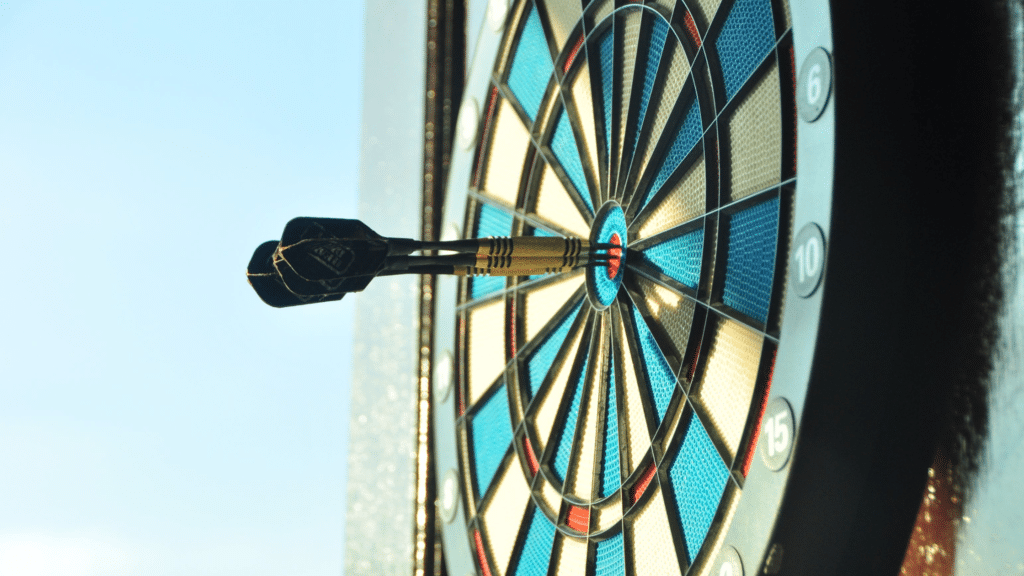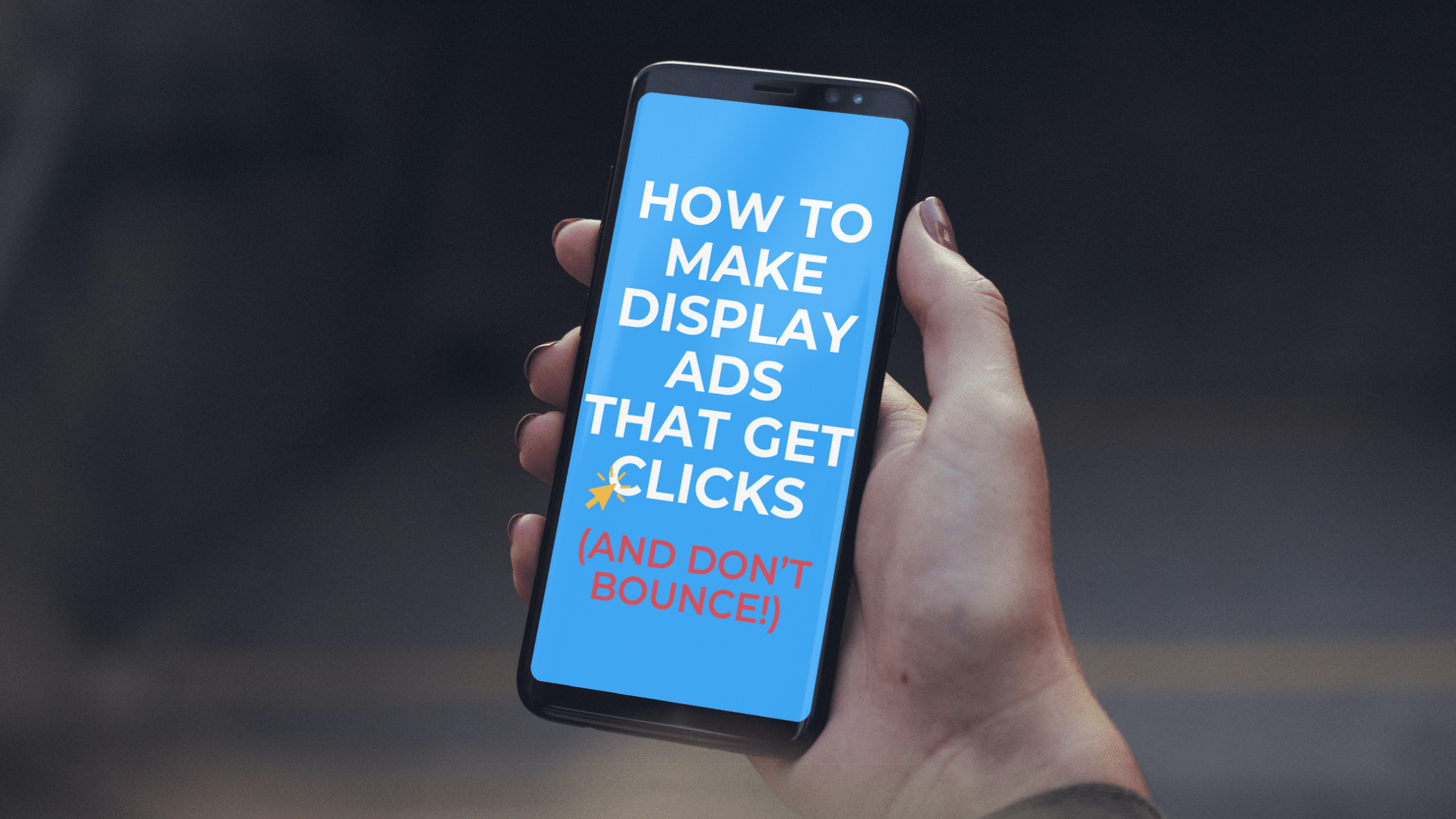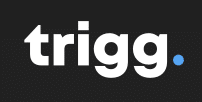If you’ve landed on this blog, you’re probably someone who either writes, designs, builds, runs or reports on display ads. Well, you’re in luck, because we tapped up our marketing experts to bring you a comprehensive set of top tips for running display ad campaigns that convert.
It is a well-known stat that the average click-through rate on a display ad is somewhere around 0.46%, with the conversion rate sitting at around 0.72%. When you combine these two stats, you can easily understand why many advertisers give up on display advertising altogether. But this form of advertising can be incredibly effective – you simply need to know how to optimise your ads for the best possible performance.
In this blog, we’ll be looking at improvements you can make through the three main facets of a display ad campaign: copy, design and targeting. So grab a cuppa and get your reading glasses on – it’s time to learn…

COPY
When it comes to writing ad copy, specifically for display ads, clarity is key. If your ad isn’t clear, you’re unlikely to receive any clicks. If you want people to click on your ads (and, crucially, not bounce away again), there are three main things you need to be clear on:
- Your Value Proposition
Whilst some are larger than others, most display formats don’t leave room for a whole lot of copy, so you need to ensure you get your message across in as few words as possible. What is it your ad needs to achieve? Why should your target audience click on it? Your job is to get this message across as concisely as possible. - Your Call To Action
Once you’ve told your audience what you want to tell them, you need to tell them what you want them to do. A clear CTA that stands out from the rest of your copy is key. - Where You’re Taking Them
User experience is key – when it comes to taking your customer from viewing your ad to purchasing your product or service, it is vital that you make their journey as smooth and familiar as possible. For example, if your target customer clicks on an ad about a product and is taken straight to your homepage, they’re probably going to bounce away. But if they were to land on a page dedicated to that specific product, they’re likely to hang around long enough to take a good look (and land themselves in your retargeting audience for that product page!)

DESIGN
Research suggests that poor ad creatives can cost you 50-70% of your audience, so taking time when designing your ads is crucial to the success of your campaigns. Designing display ads is all about creating something that drags the eye away from the rest of the page and sparks interest in your brand and/or message. What works best can vary across industries, audiences and ad placements, but here are a few key best practices you can follow…
- Try Animating Your Ads
While they may cost a little more to make and to run, animated display ads allow you to retain the attention of your audience for a little bit longer and fit in more messaging. However, animated ads often don’t have a CTA until their final frame, so if you have a simple and short message to convey, a static banner may be the best option. We recommend trying both to see what works best for you and your audience. - Add Your Logo
It might sound simple, but including your logo in your display ad is incredibly important. After all, how can your target audience understand the message you’re trying to bring across if they don’t know who it is coming from? - Create Multiple Formats
There are hundreds of display ad formats available, each of which is suited to a specific type of web space and device. Particularly at the start of your campaign, it is best to create as many ad formats as possible – this way you can learn which perform best and focus your ad budget on those. However, if you’re strapped for time and/or cash, according to the Google gods, the following 10 are best performing*:
- 468 x 60 – Banner
- 728 x 90 – Leaderboard Banner
- 300 x 250 – Inline Rectangle
- 336 x 280 – Large Rectangle
- 120 x 600 – Skyscraper
- 160 x 600 – Wide Skyscraper
- 300 x 600 – Large Skyscraper
- 970 x 90 – Large Leaderboard
*this list applies to Google Display Network, but may differ for other networks (e.g. Bing, Amazon and Infolinks)

TARGETING
You might have the perfect ad copy and creative, but if you fail to reach your target audience, your ads won’t perform (and you’ll be throwing lots of money away…)
Thankfully, most advertising platforms provide a pretty comprehensive set of tools to help you get your ads in front of the right people. Here are our top tips when it comes to targeting your campaigns:
- Keywords
Use relevant keywords only and add negative keywords for anything not relevant to your ad and the landing page it leads to. Keep an eye on any irrelevant keywords that your ad appears for as it is running and keep adding new negative keywords as you go. This will help to keep your bounce rate low! - Exclude Mobile Apps
Whilst it might feel like capturing users on their mobiles is a great way to go, not all mobile activity is good activity when it comes to your display campaigns. The majority of the average mobile user’s time is spent in apps so, unless you’re specifically targeting app users with your campaign, you may want to exclude them altogether. - Use In-Market Audiences
For those of you using the Google Display Network, the recent introduction of the ‘In-Market Audience’ option is literally a game-changer – this basically stands for people whose search and/or browsing history shows they may be in the market for a specific type of product or service. Basically, it means this audience is already interested in what you’re selling! - Tap Into Retargeting and Similar Audiences
Retargeting options allow marketers to tap into the classic middle-of-the-funnel customer. Whether you’re using website visits, brand or product-related searches or a newsletter list, you know your retargeting audiences are already familiar with your brand, so you can get down to business. Meanwhile, what is known on the Google Display Network as “similar audiences” (known as “lookalikes” on Facebook and on several other platforms) can help you to target users similar to your existing customers, making them far more likely to convert.
Layer Demographic Targeting
Classic demographic targeting is still as important as ever when it comes to getting your ads in front of the right people, but it should rarely be used alone. As the information your ad network holds about its users remains relatively broad, this type of audience targeting should be used to further narrow your audience by gender, age, parental status etc. after you’ve chosen your other targeting options (e.g. searches, interests, website and app visitors etc.)
—————————————————————————————————————————————————————————
Are you an advertiser on the lookout for a smarter way to plan your marketing activity? With the Salesforce Marketing Cloud, you can unify all data sources, personalise your communications on every channel, engage and retarget your customer at any stage of their relationship with your brand, and measure the performance of every campaign.
Or maybe you’re an ad publisher looking for a way to manage the entire lead to cash process for your ad space? Salesforce’s suite of sales, media, CPQ, Billing and revenue clouds could be the answer to one or many of your problems.
To find out more about how Salesforce could help to improve your efficiency and create new opportunities for your business, get in touch with #TeamTrigg on +44 203 239 8492 or at hello@triggdigital.com.
- Team Trigg At Dev Ops Dreamin’ - September 16, 2022
- These Retailers Are Creating A Whole New Revenue Stream (And You Can Do It, Too) - August 5, 2022
- How To Make Display Ads That Get Clicks (And Don’t Bounce!) - July 20, 2022



